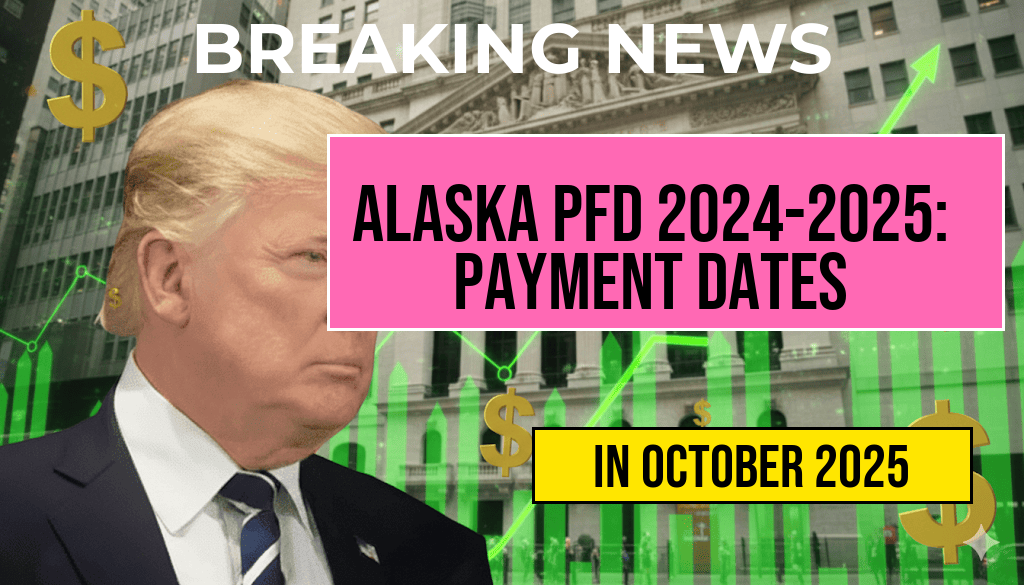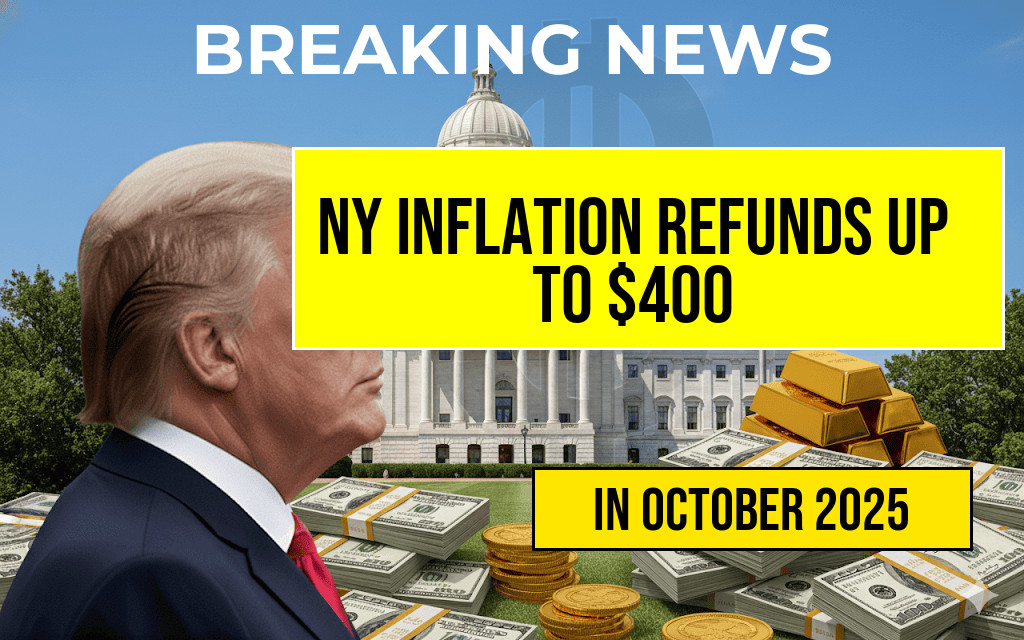Recipients of Supplemental Nutrition Assistance Program (SNAP) benefits will see significant changes starting in October, as a nationwide overhaul of program policies takes effect. This overhaul, mandated by recent federal legislation, aims to streamline eligibility criteria and adjust benefit calculations, ultimately leading to the cessation of temporary emergency SNAP benefits that have been in place since the onset of the COVID-19 pandemic. While the modifications are designed to foster long-term sustainability of the program, they are expected to result in reduced monthly benefits for many recipients, potentially impacting millions across the country.
Background on SNAP Benefit Adjustments
Initially implemented as an emergency response to the economic impacts of the pandemic, SNAP benefits were temporarily increased through federal stimulus packages and policy extensions. These measures provided additional support during a period of widespread economic uncertainty, with the goal of preventing food insecurity among vulnerable populations. However, as the economy stabilizes and pandemic-era policies expire, federal authorities have announced a phased return to pre-pandemic benefit levels, culminating with the October overhaul.
Key Changes in the October Overhaul
Reduction in Benefit Amounts
| Household Size | Average Benefit Before October | Projected Benefit After October | Difference |
|---|---|---|---|
| 1 | $250 | $180 | -$70 |
| 3 | $600 | $440 | -$160 |
| 5 | $800 | $580 | -$220 |
The primary adjustment involves recalibrating benefit amounts based on standard household expenses and income levels, returning to pre-pandemic calculations. As a result, many recipients will see reductions averaging around 20-30% in their monthly benefits.
Discontinuation of Emergency Supplements
During the pandemic, emergency SNAP benefits included supplemental funds designed to address increased food insecurity. These supplements, which provided an additional boost of $95 per month in some cases, will no longer be available after October. Recipients who relied on these supplements will experience a direct reduction in their total monthly assistance, potentially complicating budgeting and food purchasing plans.
Impacts on Recipients and Community Resources
Potential Rise in Food Insecurity
Experts warn that the reduction in benefits could lead to heightened food insecurity among vulnerable groups, including low-income families, seniors, and individuals with disabilities. According to data from the U.S. Department of Agriculture, nearly 13 million households depend on SNAP benefits to meet their basic nutritional needs. The decrease may force some households to make difficult choices, such as cutting meals or seeking additional assistance from local food banks.
State-Level Variations and Responses
- State Administrations: Several states have announced plans to mitigate the impact through supplementary programs or increased outreach efforts to connect residents with other forms of support.
- Community Organizations: Food banks and social service agencies anticipate increased demand and are mobilizing resources accordingly.
- Policy Debates: Advocacy groups continue to push for policy reversals or additional safety nets to cushion the transition away from pandemic-era support.
Legal and Political Context
The overhaul stems from the American Rescue Plan Act and subsequent regulations that aim to return SNAP to its traditional structure. Critics argue that the reductions could exacerbate hunger and poverty, especially during economic recovery phases. Conversely, proponents contend that the adjustments are necessary for fiscal responsibility and to prevent dependency on government assistance.
Looking Ahead
As October approaches, federal and state officials are monitoring the transition closely. Some states have announced plans to implement phased reductions or provide additional outreach to affected populations. Nonetheless, many recipients are preparing for the change, with community organizations emphasizing the importance of seeking local resources and support networks during this period.
For more information on SNAP eligibility and upcoming changes, residents are encouraged to visit the USDA Food and Nutrition Service website or contact local social services offices.
Frequently Asked Questions
What is the reason for the end of Snap benefits for recipients after October?
The Snap benefits are ending for recipients after October due to a recent overhaul of the program, which involves changes in eligibility criteria and funding allocations.
How will the Snap benefits changes affect current recipients?
Current recipients may experience a reduction or loss of benefits starting in October as the overhaul takes effect, potentially impacting their access to food assistance.
Will there be any extensions or exemptions for certain recipients?
At this time, there are no announced extensions or exemptions; however, affected recipients should stay informed through official channels for updates.
Are there alternative support options available for recipients
Yes, recipients can explore other assistance programs or community resources to help meet their needs during this transition period.
When will the new Snap policy changes officially take effect?
The new Snap policy changes are set to take effect starting October, marking the beginning of the overhaul implementation period.








